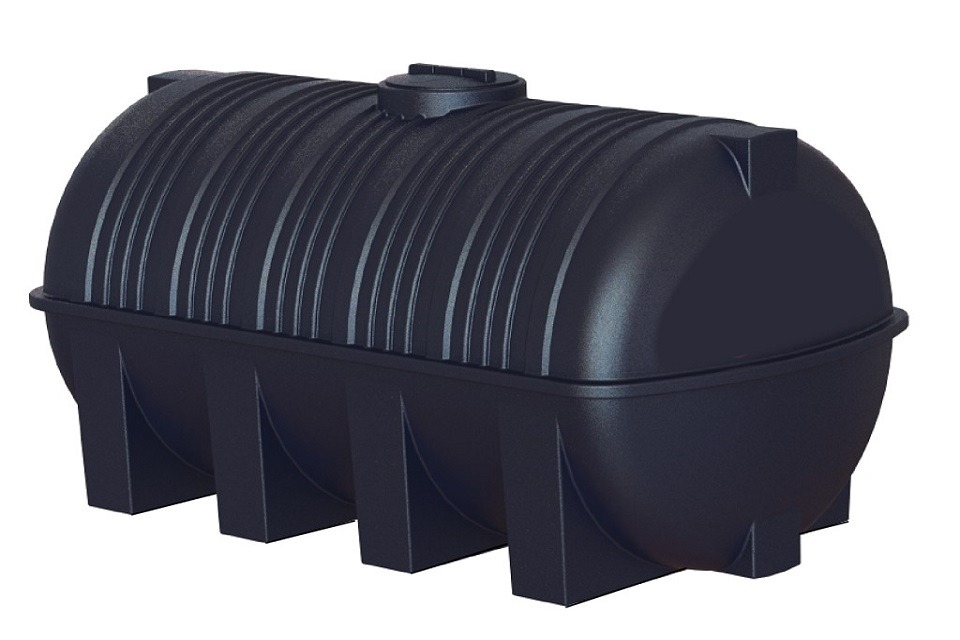Water is a necessity in any household or business enterprise. Its vast uses make it mandatory to have a constant supply at all times. Unfortunately, water shortages are an ever-present endemic in homes, workplaces, farms, and even industrial establishments. This has created the need for underground water tanks. However, an underground water tank needs thorough consideration before selection. And of course, you have to use high-quality and reliable tank cleaning equipment to eliminate harmful water impurities.
Placement, and Permissions
The first thing to consider is where to install your underground water tank. Placement dictates the size of the tank, arrangement of pipes and the placement of the pumps. Where you put your underground tank can also have an effect on the overall design of the space.
Placement guides the tank selection, preparation and installation process. For most residential spaces an underground tank is installed in the backyard. However, there are construction projects that feature underground tanks within the foundation of the building. Different placements exert different pressures on the underground tank.
Before commencing with excavation, consult the necessary authorities on the zoning regulations and obtain all the construction permits needed for the installation project.
Size and Purpose of the Tank
Identify the purpose of your underground tank beforehand since it guides on the size and type of tank you will need. If your tank is for water storage in a small residence the size may not be as big as a tank installed in a business complex for the same purpose.
The needs guide the size of the tank. Large firms such as agricultural businesses need larger water reservoirs to cater for their crops and animals.
Moreover, underground tanks are not exclusively designed for clean water storage. Dirty water tanks are specifically built to hold all forms of dirty water. Therefore, it’s important to know what your tank is for before you get it.
Design Options
There are a wide range of designs for tanks based on the materials used in making them. Poly tanks are among the most popular. They’re much more malleable and hence come in an array of shapes. Steel water tanks are also good for underground installation. The design is sturdy and can take on a lot of pressure
Concrete tanks, which have a stronger design, are suited for larger underground spaces. The tanks can be designed to fit different construction specifications and reinforcement Concrete underground water tanks are common in industrial and agricultural sectors. However, they are also the go to option for residential areas with high water requirements
Construction and Installation
The construction process of an underground water tank is something to take into account when choosing which tank to install. Prefabricated tanks are usually delivered on site and buried into the ground. They are faster to install since most of the outlet and inlet channels are premade.
The installation site is often reinforced to ensure the tank is protected from the underground forces.
Concrete tanks, on the other hand, are built on site. Some are built during the construction of the main building into the foundation while others are installed in backyards. The construction of the tank is complex and long.
The Installation Team
What matters more than the tank you choose is who’s going to install it. Prefabricated tanks are fairly simple to install. They only need excavation and site preparation to set up a water reservoir. Nonetheless the site preparation must be done professionally to ensure the buried tank is not damaged,
Concrete water tanks need professional input. The structure is designed to hold a lot of water pressure and the pressure of the underground soil. As a result, reinforcement is important. All the construction elements of a concrete tank are best handled by a professional
Choose an installation team that has experience and a good reputation. If you can’t access professionals, be keen on which tank to choose for water storage.
Maintenance
Don’t choose an underground tank without understanding the maintenance needs. All tanks are cleaned regularly. However, extra maintenance work has to be done on concrete tanks. If you can handle the maintenance needs, you can go for it.
Now that you have considered almost everything, it’s time to choose a underground water tank.

